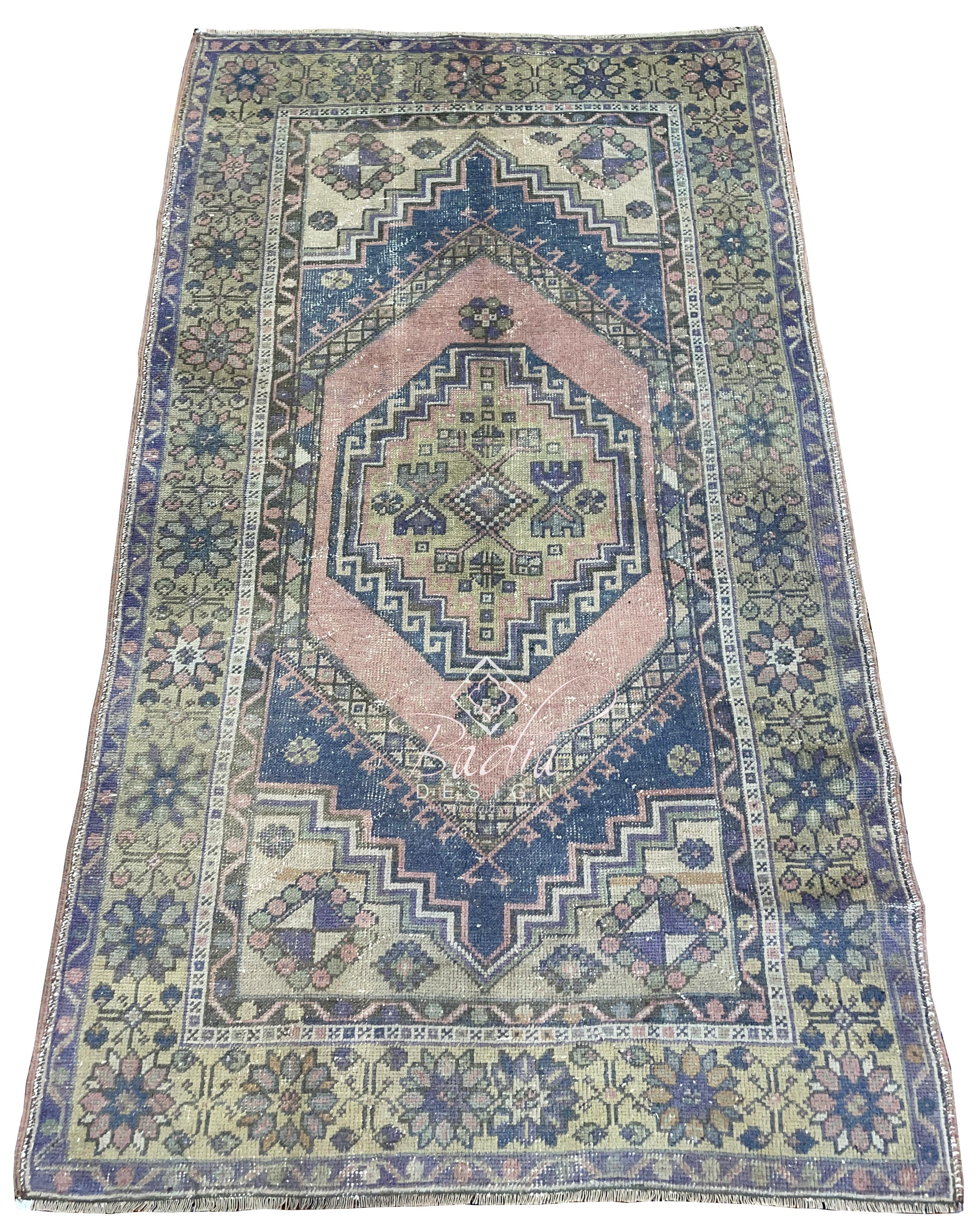Moroccan Tribal Rugs
Moroccan Tribal Rugs
Blog Article
Moroccan Berber Rugs: A Heritage of Craftsmanship, Culture, and Style
Moroccan Berber Rugs have captivated residents and businesses worldwide with their storied past, exquisite craftsmanship, and incomparable adaptability. Whether you are furnishing a comfortable living room, a modern office space, or a luxurious hotel, these rugs go beyond practicality to become cultural and artistic masterpieces. In this article, we’ll explore the fascinating history of Moroccan Berber rugs, the meticulous craftsmanship behind their creation, their exceptional longevity, and creative ways to incorporate them into today’s interiors.
The origins of Moroccan Berber rugs can be traced back thousands of years to the Berber tribes of North Africa. The Berbers, with their rich cultural heritage, developed rug-weaving techniques as a practical response of their nomadic lifestyles and diverse climates.
The symbols and motifs in these rugs narrate stories that are specific to the tribe or family of origin. Motifs often symbolize concepts such as protection, nature, or fertility, giving each rug cultural significance. Historically, these rugs were made for practical use, offering warmth in the cold Atlas Mountains or serving as bedding in arid environments.
During check here the 20th century, these rugs were introduced to global design by architects such as Le Corbusier and Frank Lloyd Wright, who used them in prestigious projects. Today, their enduring charm and cultural richness make them a top pick for interior designers and collectors alike.
These rugs are created using traditional techniques, preserved over many generations. It represents a harmonious fusion of cultural heritage and meticulous technique.
These rugs are made from materials like wool, camel hair, and cotton, renowned for their strength and softness. Wool is especially prized for its luxurious feel, durability, and ability to retain warmth. The wool is usually spun by hand, resulting in a one-of-a-kind finish.
Weaving these rugs is a time-intensive process, requiring weeks or months on handcrafted weaving tools. The knots—whether Beni Ourain’s loose and shaggy texture or the tighter weave of Azilal rugs—define the rug’s durability and appearance.
Natural dyes derived from plants, minerals, and insects are used to create the bold hues found in many Berber rugs. Earthy tones such as beige, cream, and brown are common in Beni Ourain rugs, while Azilal and Boucherouite rugs showcase bolder colors like reds, blues, and yellows.
One of the most celebrated features of Moroccan Berber rugs is their exceptional durability. This makes them a practical investment for both residential areas and businesses.
The use of premium materials ensures that Berber rugs hold up over years of use. Wool’s natural flexibility and resistance to stains make it a ideal choice for lasting rugs.
Taking care of these rugs is straightforward. Routine vacuuming and periodic professional care can preserve their beauty for decades.
Tips for Styling Moroccan Berber Rugs in Modern Homes
Adding Moroccan Berber rugs to modern spaces is simpler than it seems. Their versatile designs and textures can complement a wide range of styles, from minimalist to bohemian.
1. Create a Focal Point in the Living Room
A large Beni Ourain rug can serve as the focal point of your living area. The rug’s muted tones and clean lines bring cohesion to the space and exude coziness.
2. Add Color to Neutral Spaces
In minimalist or neutral spaces, a colorful Azilal or Boucherouite rug can add a bold, eye-catching accent. These rugs work particularly well in neutral-toned rooms, where they serve as a focal point.
3. Layer Rugs for Texture
To create a warm, layered look, place a smaller Berber rug atop a larger rug made from natural fibers like jute or sisal. This pairing enhances texture and emphasizes the unique patterns of the Berber rug.
4. Enhance Workspace Aesthetics
Moroccan Berber rugs are perfect for adding elegance and warmth to professional spaces, including offices and lounges. Their handmade quality conveys a sense of luxury and authenticity.
5. Display Moroccan Berber Rugs as Decorative Art
Certain Moroccan Berber rugs are so beautiful that they function wonderfully as wall art. Displaying a Berber rug on a wall highlights its intricate design and cultural significance.
Why Moroccan Berber Rugs Are a Wise Investment
For both homeowners and businesses, Moroccan Berber rugs represent a blend of practicality, aesthetics, and cultural significance. Their durability ensures a long lifespan, while their timeless designs can adapt to changing trends and tastes.
Sustainability in Moroccan Berber Rugs
Berber rugs are often made with environmentally responsible and sustainable techniques. By investing in these rugs, you’re not only enhancing your space but also supporting traditional artisans and their communities.
The Appreciating Worth of Moroccan Berber Rugs
Authentic Moroccan Berber rugs often appreciate in value over time, especially vintage or rare pieces. These rugs serve as both decorative items and investment-worthy collectibles.
 Report this page
Report this page